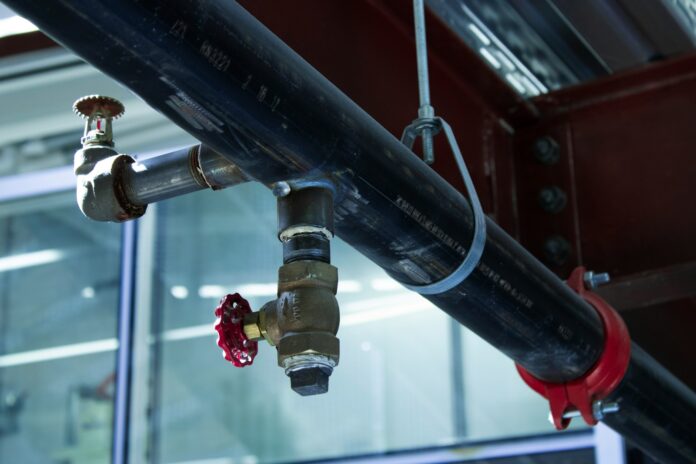Key Takeaways:
* New lead cleanup rules have left New York with a $2.5 billion price tag to replace contaminated drinking water pipes.
* All water utilities across the U.S are required under these rules to replace lead pipes within a decade.
* There are roughly 9 million drinking water lines nationwide made of lead and each costs about $5,000 to replace.
* New York is anticipated to receive more than $500 million in federal infrastructure funds by 2026 to spend on lead pipes.
Understanding the New Lead Pipe Rules
Under the new federal regulations issued by the Biden administration, the task of replacing toxic drinking water pipes looms large for New York. The state must spend a hefty sum of $2.5 billion to resolve this long-standing health hazard. The regulations demand that nearly all drinking water utilities in the country replace lead pipes within the next ten years.
Addressing Lead Exposure
Lead exposure, specifically in the womb or during early childhood, can lead to serious cognitive damage. This impairment, studies have shown, can drastically affect academic performance in subjects like reading and math. Moreover, adults with childhood exposure to lead may exhibit higher crime and incarceration rates.
The Costs
The Environmental Protection Agency has estimated that the nation possesses over 9 million drinking water lines made from lead. With an average replacement cost of $5,000 per line, this presents a significant financial challenge. President Joe Biden has announced a federal release of $2.6 billion to states for the task. Nevertheless, federal funds can only cover a small proportion of the estimated total cost of $45 billion.
Challenges Ahead for New York
New York, the state with the nation’s oldest housing stock, has the unique task of replacing about 500,000 lead service lines. The predicted cost for this task is at least $2.5 billion. The primary question that remains unanswered is where the money for these infrastructure updates will come from.
Potential Funding Sources
By 2026, New York could potentially get over $500 million in federal infrastructure funds for lead pipes. Additionally, Governor Kathy Hochul announced a distribution of $90 million state funds to replace lead pipes in 11 cities. However, there remains a multibillion-dollar deficit. This gap needs filling by either federal or state governments to prevent local municipalities, water utilities, and homeowners from bearing the burden.
The Waiting Game
If the government fails to fill the funding gap, municipalities, water utilities, and homeowners may have to pay for these necessary upgrades out of their pockets. This could potentially lead to an increase in local taxes or water bills in areas least able to afford such costs.
Calling for More Funding
Environmental advocates like Rob Hayes, director of clean water for Environmental Advocates NY, have applauded the federal regulations. However, they also stress the need for New York to provide more funding to effectively implement the regulations.
Role of Local Municipalities
Local municipalities, which are responsible for pipe replacements, have eagerly embraced the state and federal funding. Yet, they require more funding than currently available. Homeowners, landlords, and local water utilities end up covering the remaining costs, often passing these on to residents via increased water bills.
Push for Funds Allocations
State Senator Rachel May of Syracuse and Assemblymember John McDonald have both been pushing for a dedicated budget to replace lead pipes. They argue that the cost for the state to meet the Biden administration’s deadline by 2037 is manageable.
Importance of Acting Fast
It’s important to act swiftly on replacing lead pipes to save on cost in the long run. If the effort became a priority, New York could potentially replace its lead pipes before the 2037 deadline set by Biden’s administration. It’s a one-time expense that ensures safe drinking water for the community going forward.

